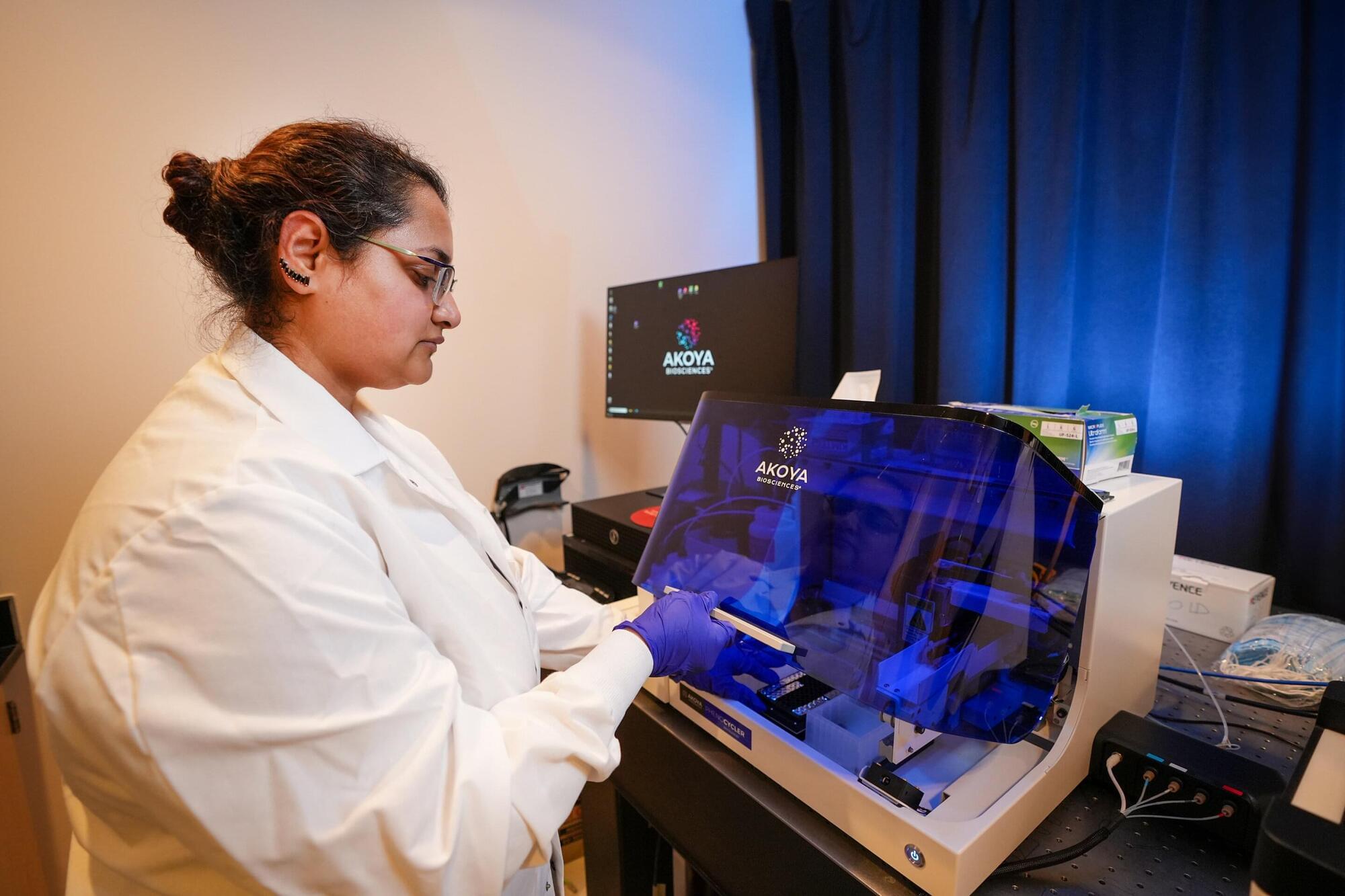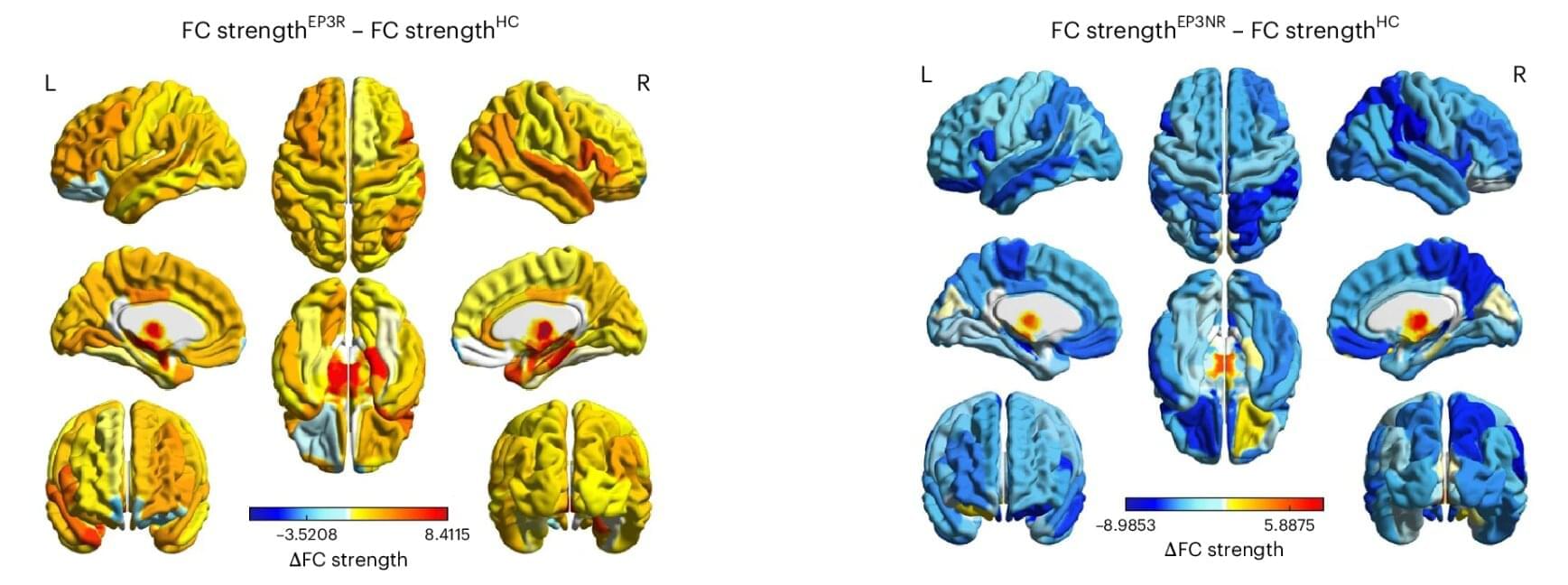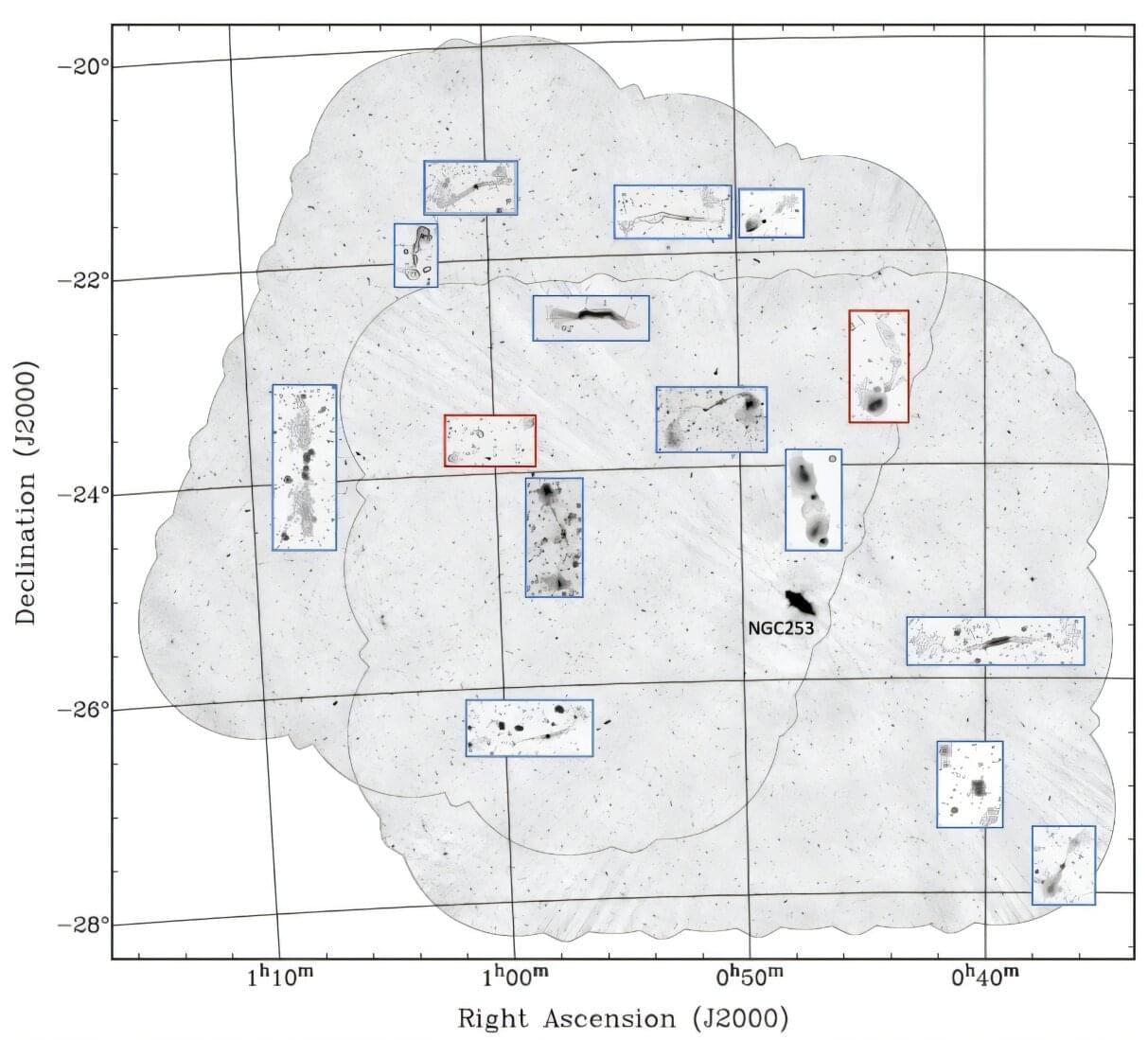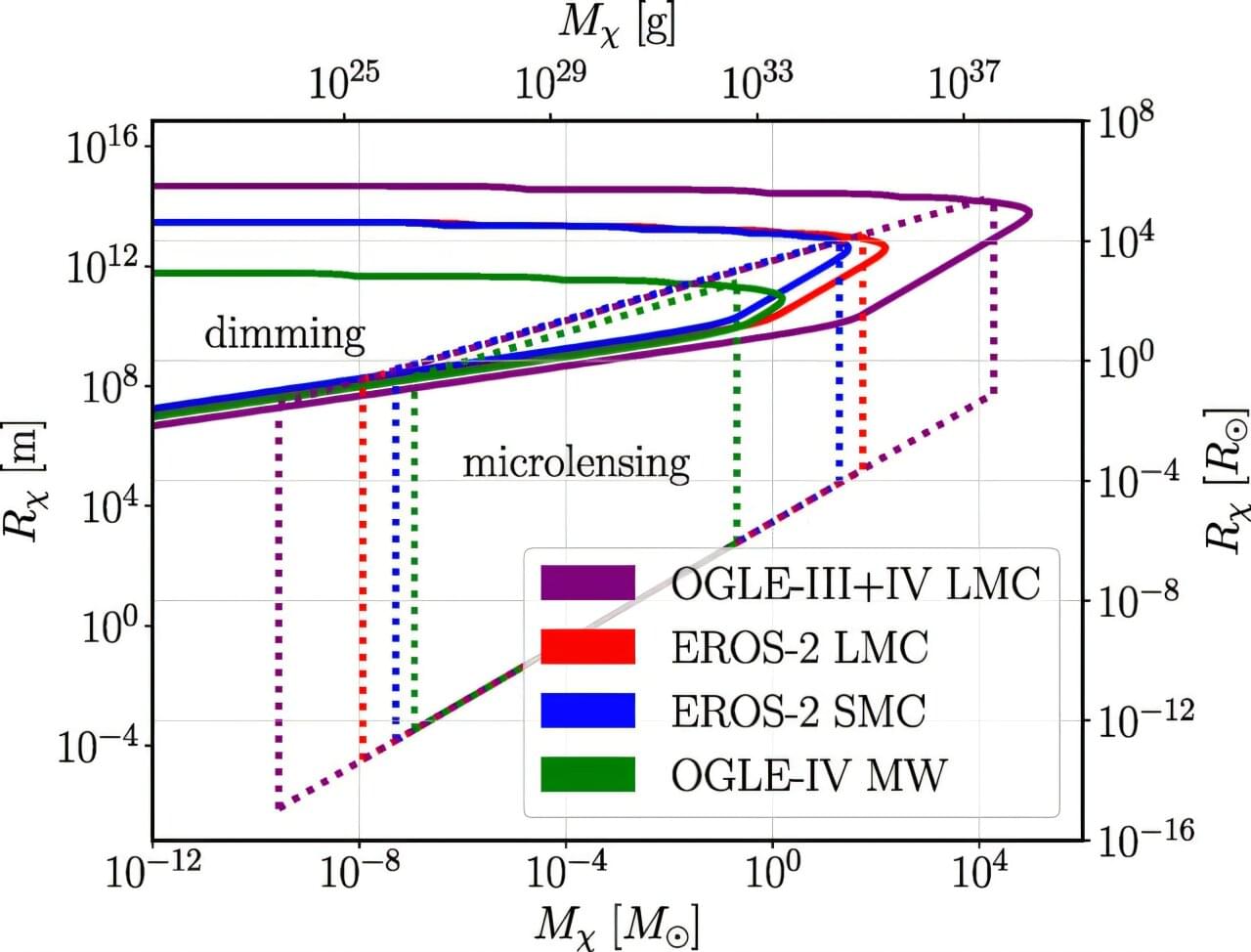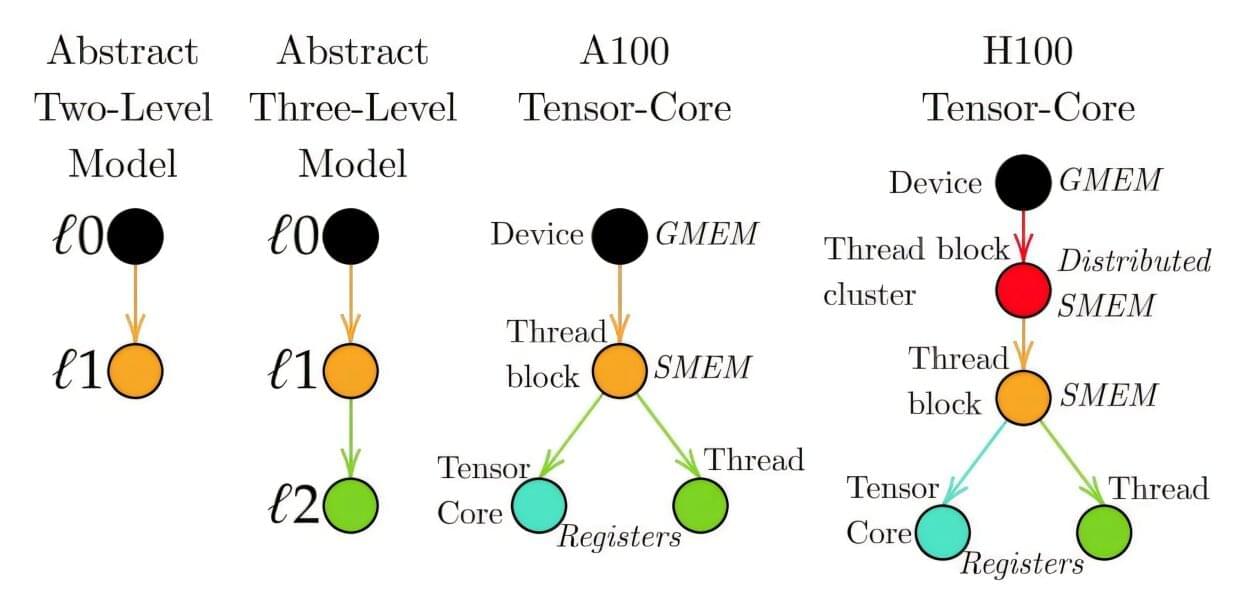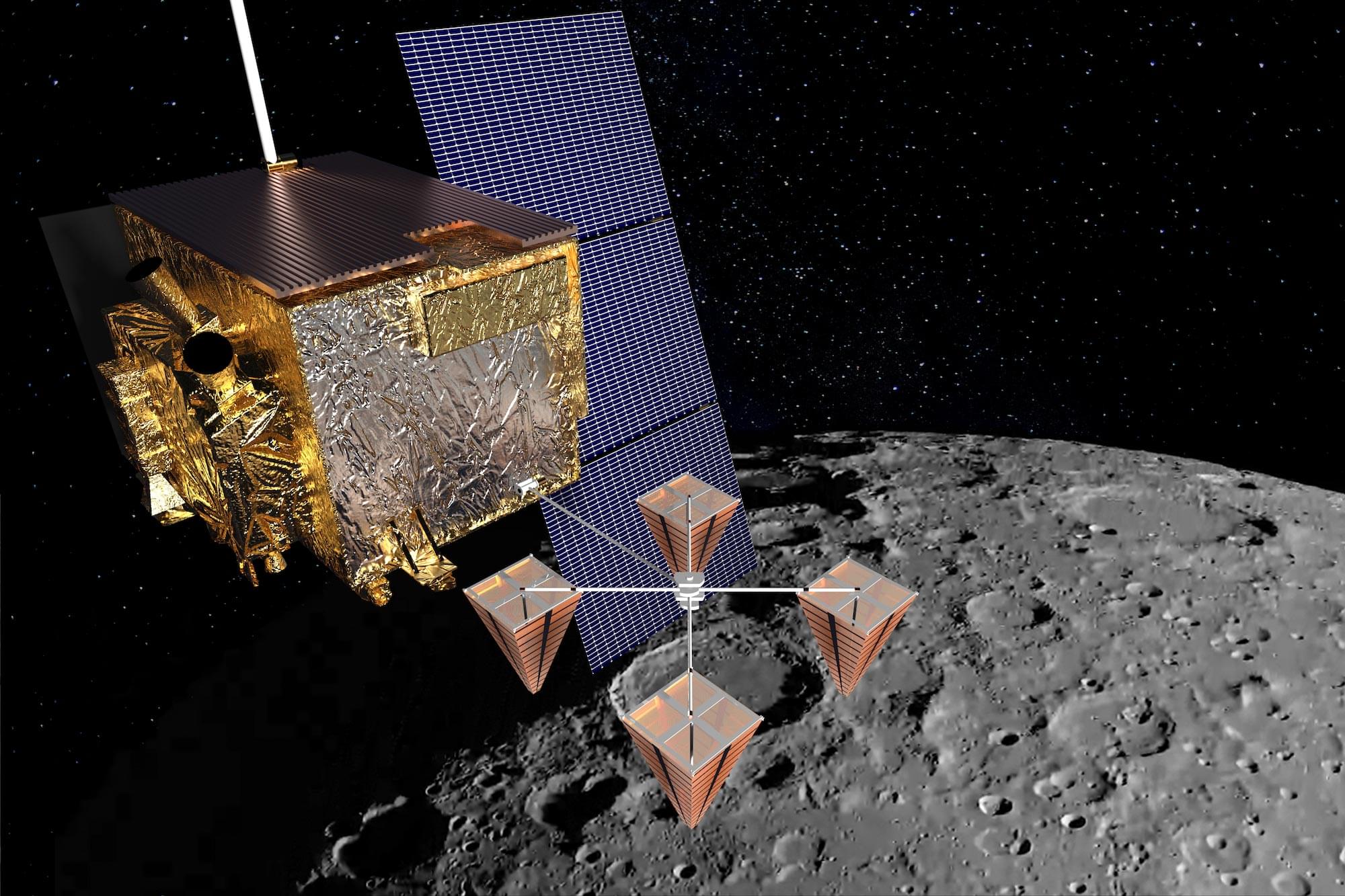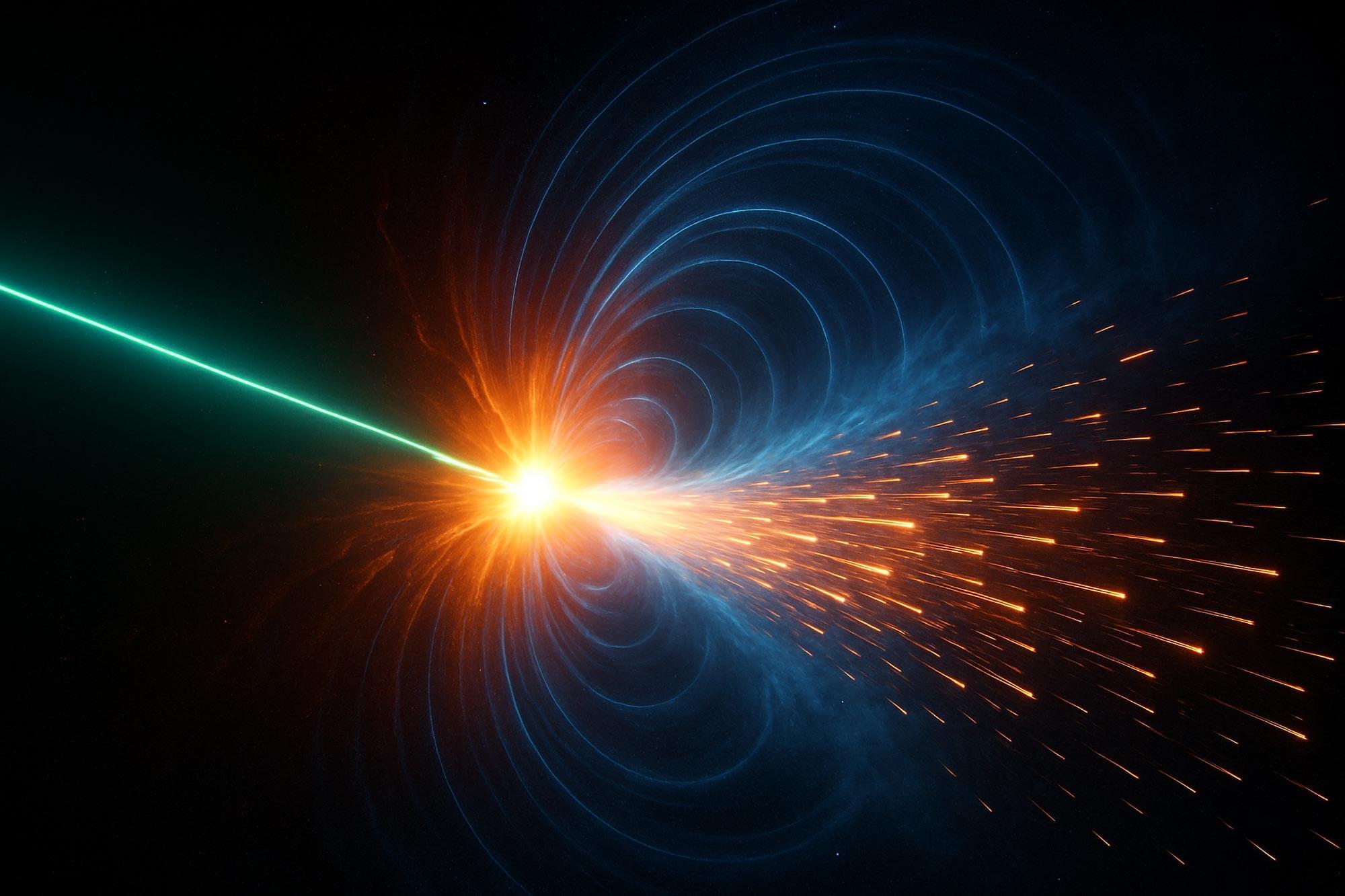Indiana University School of Medicine scientists have developed a powerful new imaging technique to study bone marrow in mouse models. By overcoming key challenges unique to imaging this complex tissue, this advancement could support future drug development and therapies for conditions involving bone marrow, including cancers, autoimmune diseases and musculoskeletal disorders.
The new method was made possible by the multiplex imaging tool Phenocycler 2.0, which enabled researchers to visualize a record number of cellular markers within intact bone marrow tissue from mice. The findings are published in Leukemia.
“Bone marrow is difficult to study because it is gelatinous and encased in hard bone,” said Sonali Karnik, Ph.D., assistant research professor of orthopedic surgery at the IU School of Medicine and co-lead author of the study. “Since bone marrow plays an important role in blood and immune cell formation and houses valuable stem cells, our unique imaging approach offers a useful tool for a variety of research applications.”
